Understanding the Role of Corrosion Test Coupon
Corrosion test coupons are vital for industries that face high corrosion risks, such as oil and gas, chemical processing, and water treatment. These small metal samples are inserted into systems to monitor and measure the rate and extent of corrosion. By analyzing these coupons, companies can understand how pipelines, tanks, and other critical equipment are affected by corrosion, allowing for better maintenance and prevention strategies.
The Science Behind Corrosion
Understanding the Chemistry of Corrosion
Corrosion occurs when metals react with their environment, a process commonly involving oxygen and moisture. This interaction causes the metal’s properties to deteriorate, weakening its structural integrity. As a result, the affected materials lose their strength and functionality over time, raising concerns about safety and reliability. Therefore, understanding and addressing the chemistry of corrosion is crucial for maintaining the longevity and performance of metal components.
Environmental Factors Contributing to Corrosion
Environmental factors such as humidity, temperature, and pollutants significantly accelerate corrosion. Saline environments, for instance, dramatically boost corrosion rates, posing severe threats to metal integrity. Additionally, industrial chemicals intensify metal degradation, further compromising material durability. Consequently, these environmental influences necessitate rigorous corrosion management strategies to ensure the longevity and safety of metal structures and components.
The Impact of Corrosion on Materials
Corrosion gradually weakens metal structures, making them less reliable over time. This weakening can lead to failures and catastrophic breakdowns, posing significant safety risks. Therefore, regular monitoring is essential to effectively mitigate these risks, ensuring the longevity and functionality of the affected materials.
By understanding these fundamental aspects, industries can better safeguard their infrastructure and extend the lifespan of their equipment.
أسئلة مكررة
Frequently Asked Questions about Corrosion Test Coupon
How often should you calibrate a sampling chemical injector?
You should calibrate a sampling chemical injector at least once a year to ensure accuracy and reliability in measurements. However, the frequency may increase depending on the usage intensity and the nature of the chemicals involved. Always refer to the manufacturer’s guidelines for specific calibration recommendations.
Can sampling chemical injectors handle all types of chemicals?
Most sampling chemical injectors are designed to handle a wide range of chemicals, but not all. The compatibility depends on the materials used in the injector’s construction and the specific properties of the chemicals. Always check the specifications of your injector to confirm it is suitable for use with particular chemicals, especially if they are corrosive or highly reactive.
What are the signs that a sampling chemical injector is failing?
Signs that a sampling chemical injector is failing include inconsistent flow rates, leaks, or a drop in performance efficiency. You might also notice changes in the sampled chemical composition that cannot be explained by changes in the process itself. Regular inspections and maintenance can help identify these issues early.
How do temperature and pressure affect the sampling process?
Temperature and pressure significantly impact the sampling process by affecting the chemical’s state and behavior. High temperatures can cause chemical degradation or changes in viscosity, while high pressures can alter the chemical’s volatility. Accurate control and monitoring of both parameters are crucial to maintaining the integrity of the sample.
What are the best practices for cleaning and maintaining a sampling chemical injector?
To effectively clean and maintain a sampling chemical injector, always flush the system with a suitable solvent after each use to prevent residue buildup. Regularly check and replace worn-out parts such as seals and filters. Additionally, follow a scheduled maintenance plan as recommended by the manufacturer to ensure optimal performance and longevity of the injector.


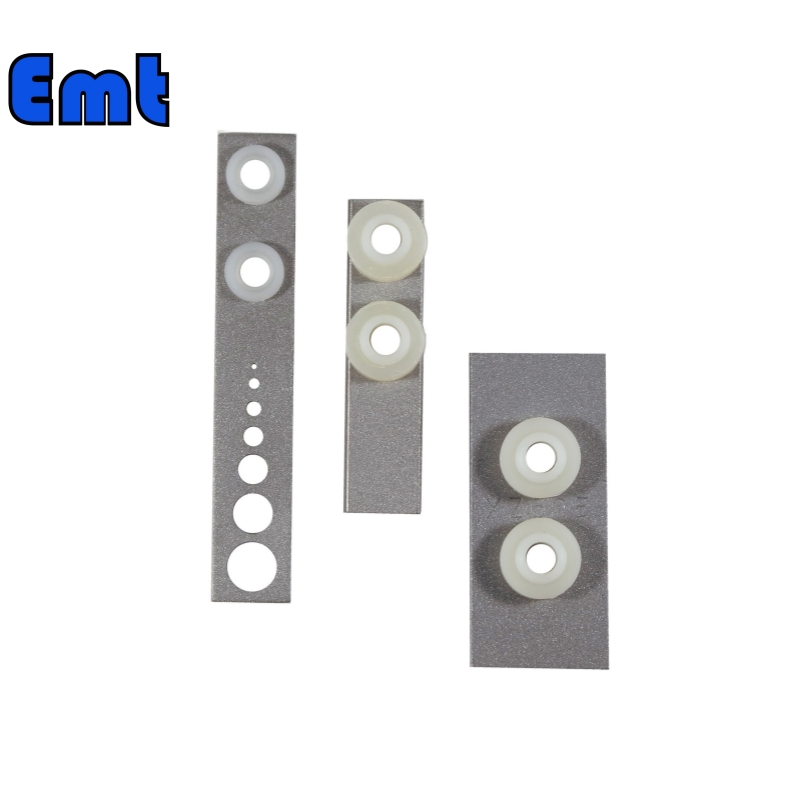
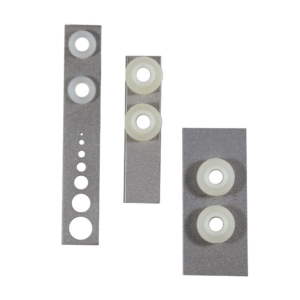
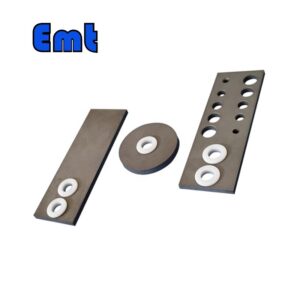
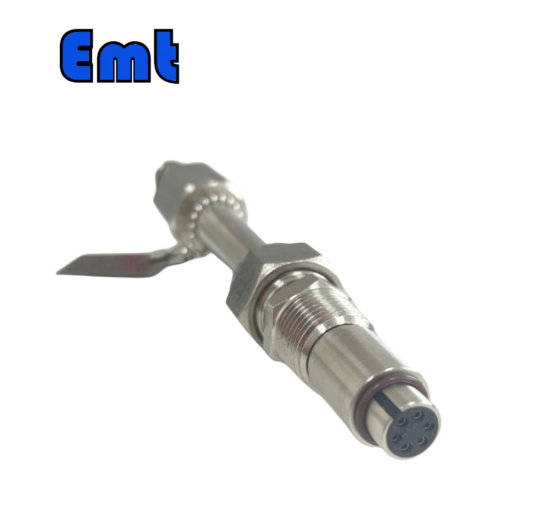

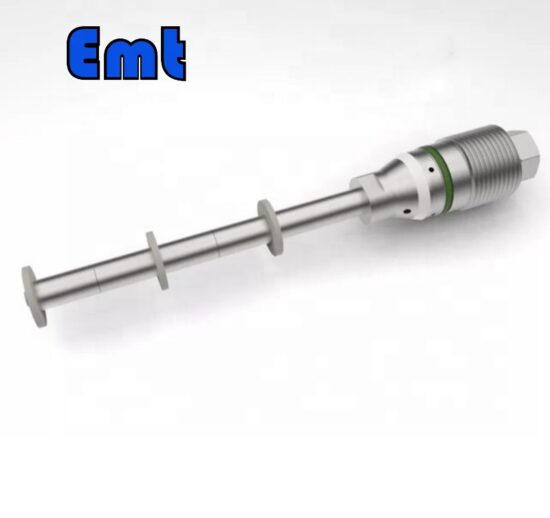
لا توجد مراجعات بعد.